Issue 017: How a Founder Grew Her Comapny to $100m ARR With an Unique Strategy, the 4 Ps of Marketing, and More

January 08, 2025 | #017 | Free Version
Welcome to Startup Blitz, a weekly newsletter full of timeless ideas and insights you can use in your online business.
🪙 How Tracy Young grew PlanGrid to $100m ARR with a unique strategy
🏷️ Which scarcity tactics increase profit the most
📞 How to create Contact Us pages that make people actually want to contact you
💰 One thing that stops entrepreneurs from building generational wealth
👨🎓 MBA concept of the week: The 4 Ps of marketing
Not subscribed? Learn more and sign up.
How Tracy Young Grew PlanGrid to $100m in Annual Recurring Revenue (ARR)
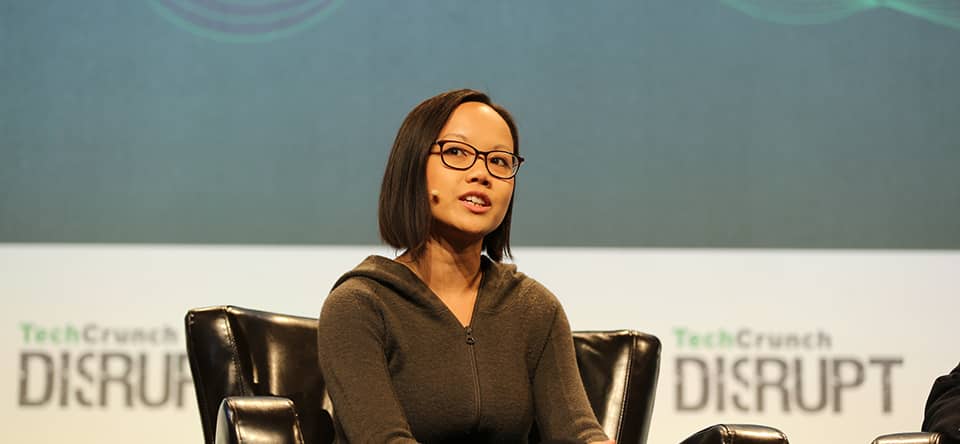
In a recent conference, Young revealed how she acquired the first few hundred customers. Her strategy was simple: meet customers face-to-face and show them the app.
They also went to events wearing suits and gowns made from building blueprints. This made them stand out. People regularly stopped to ask about the outfits. These conversations naturally led to discussions about PlanGrid.
The PlanGrid team also visited construction sites with boxes of fresh donuts. Construction workers are on their feet all day. So they are always hungry. The team would give them the box with a card inside.
🎓 Scientific Research: Which Scarcity Marketing Tactic Works Best?
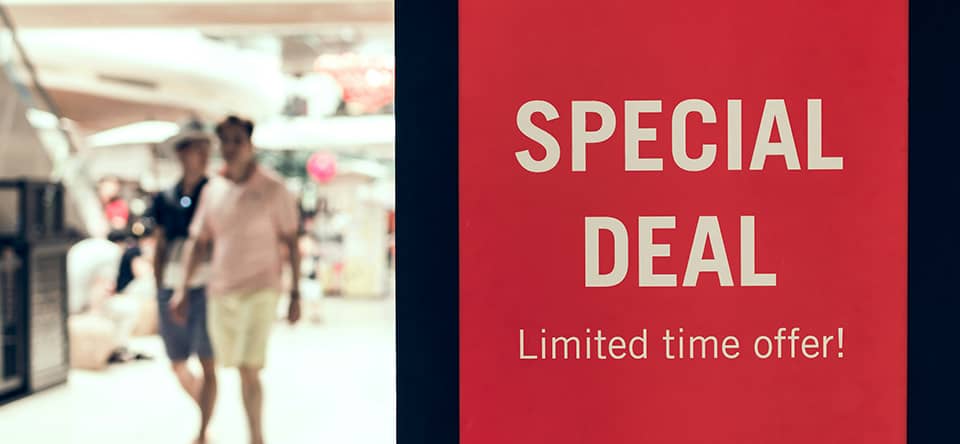
“Only 2 left in stock.”
“Up to 50% off until 4/30.”
“Limited edition item.”
- Supply-based scarcity – “It’s a limited-edition product. Only a few are available.”
- Demand-based scarcity – “It’s selling fast! Buy it before we’re out of stock!”
- Time-based scarcity – “Available only this winter” or “Sale ends this Friday!”
🔬 Researchers in Australia analysed 131 studies on scarcity marketing. Here’s what they found:
– Supply-based scarcity also works well for luxury goods. Highlighting exclusivity increases their appeal and drives purchase intentions.
How to Create Contact Us Pages That Make People Actually Want to Contact You
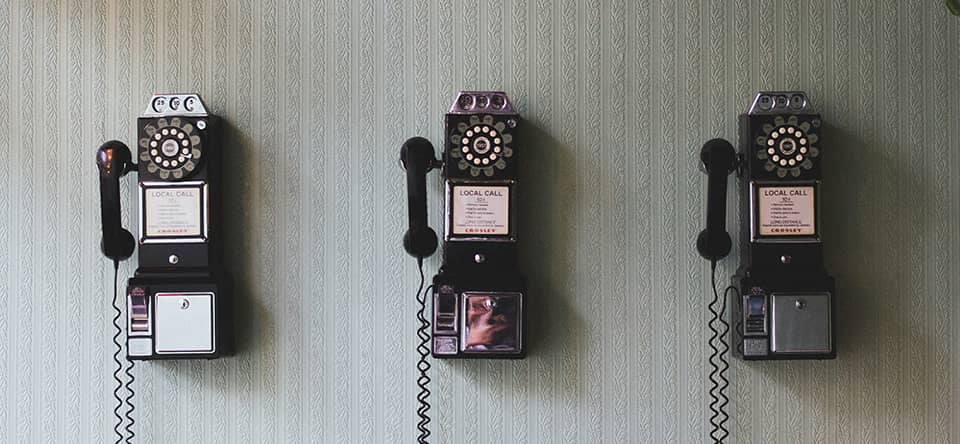
To help you find creative inspiration, Ingrid Adames compiled an extensive list of Contact page examples that nail all the essential elements.
- A clear call to action (CTA) – contact us, reach out, give us a call, etc.
- Easy navigation and user experience.
- A clear message that aligns with your brand and resonates with visitors.
- Readable text with no redundant information.
- Elements like phone numbers, email links, and social media buttons.
1. Peloton: The contact page is also a support page, with the knowledge base search bar taking centre stage.
2. Freehand Goods: This page is a nice example of a small business doing simplicity right.
3. Kohl’s: Similar to Peloton, Kohl’s contact page is also a help centre.
That’s not all. There are 41 more great examples on Adame’s list that could get your designer juices flowing – and your customers converting.
📖 Book of the Week: The Ultimate Investment - A Roadmap to Grow Your Business and Build Multigenerational Wealth
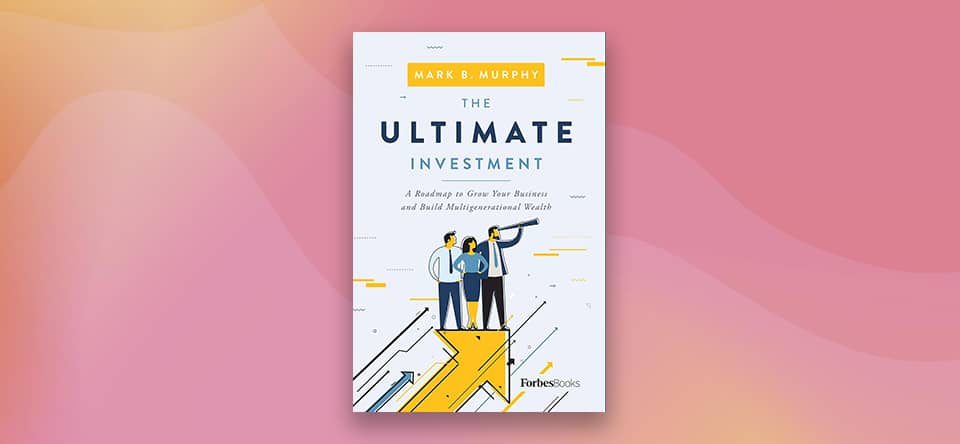
In this book, Mark B. Murphy, CEO of a wealth management firm, shares the tried and tested guidance and tips he provides to his top-tier clients. With over 30 years of expertise, Murphy offers actionable advice that will transform your mindset into that of a seasoned entrepreneur.
👨🎓 MBA Concept of the Week: The 4 Ps of Marketing
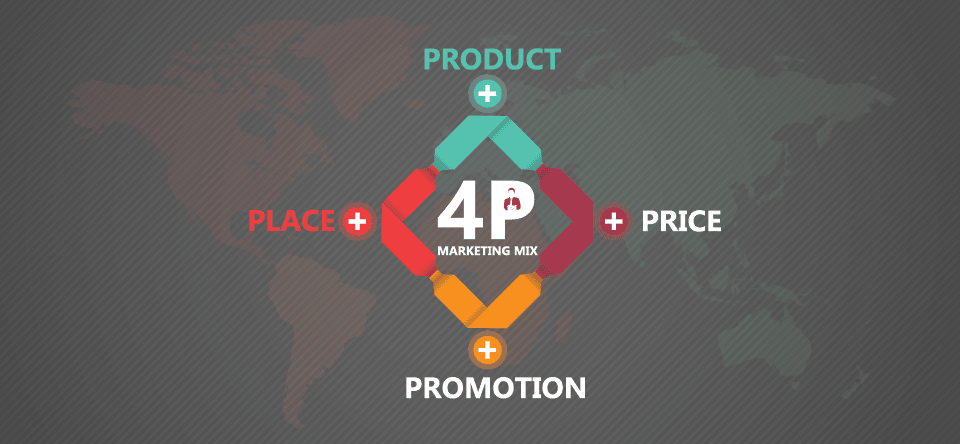
- Product/Service: What features will consumers find attractive?
- Price: How much will consumers be prepared to pay?
- Place: Through what outlets should we sell it?
- Promotion: What forms of advertising should we use?
How to Apply This
Product/service
- What needs does the product or service satisfy? What features does it have to help it meet these needs?
- How does it look to customers? How will they experience it? What sort of brand image are you trying to create?
- How is it differentiated from the offerings of your competitors?
Price
- What is the value of the product/service to the consumer?
- How price-sensitive is the consumer?
- How are competitors’ offerings priced? Will you price at a premium or discount to competitors?
- What discounts or special deals should be offered to trade customers?
Place
- Where do buyers usually look for your product/service?
- Through what media or channels will you make it available?
- Do you need to control your own distribution or even your own retail experience for this product/service?
- How are your competitors’ offerings distributed?
Promotion
- Through what media, and with what sort of message, will you seek to reach your target market?
- When is the best time to promote your product/service? Are there certain times of the day or week that are better? Is there seasonality in the market?
- Can you use free PR (public relations) to reach your target market?
You are receiving this email because you subscribed to Startup Newsletter. You can Unsubscribe from here.